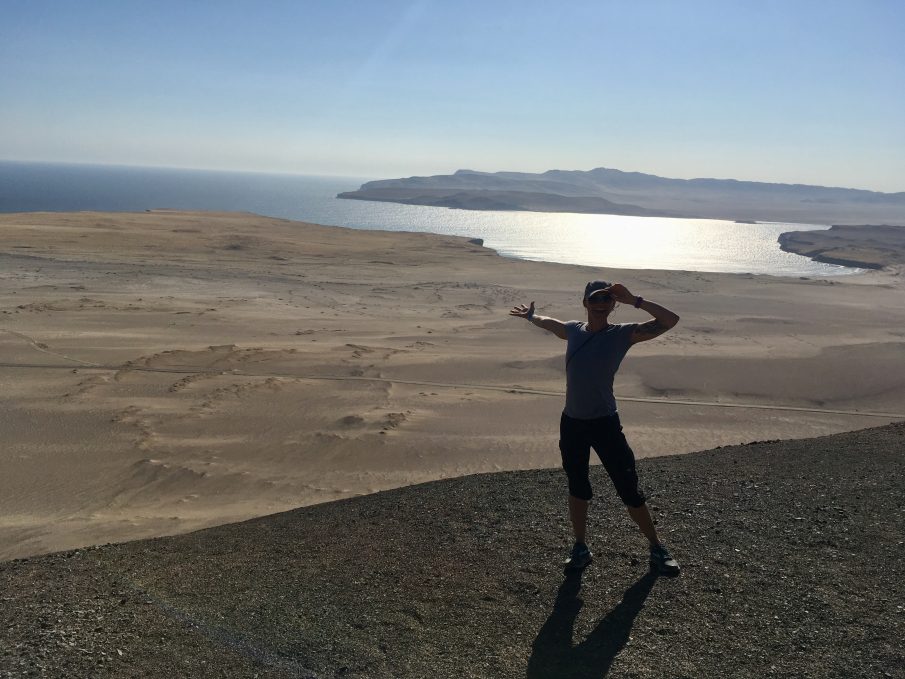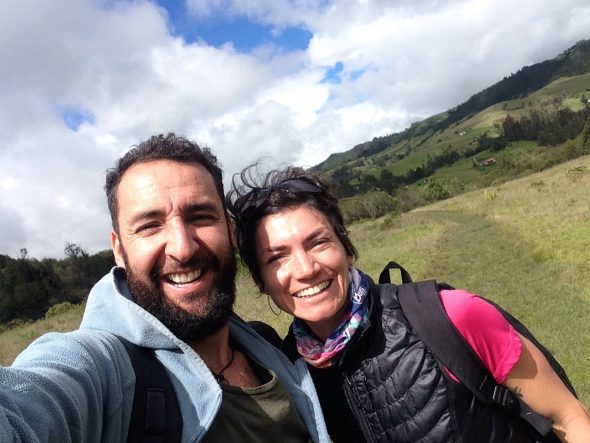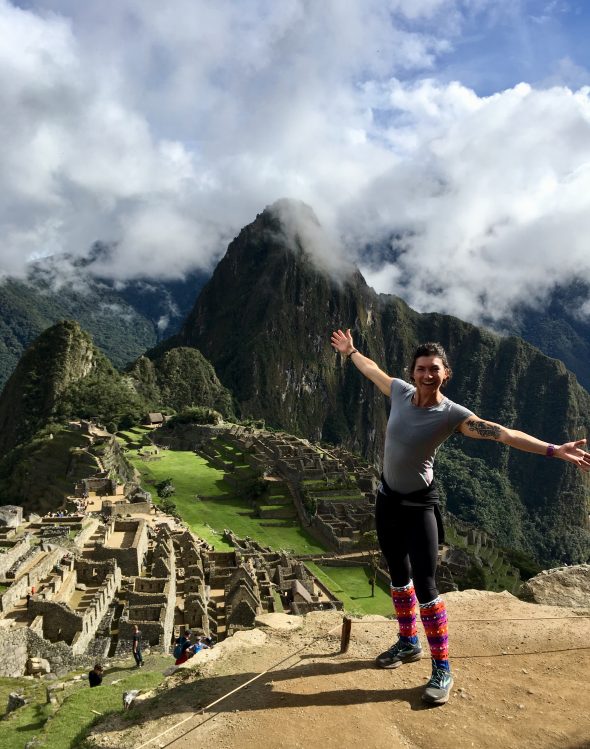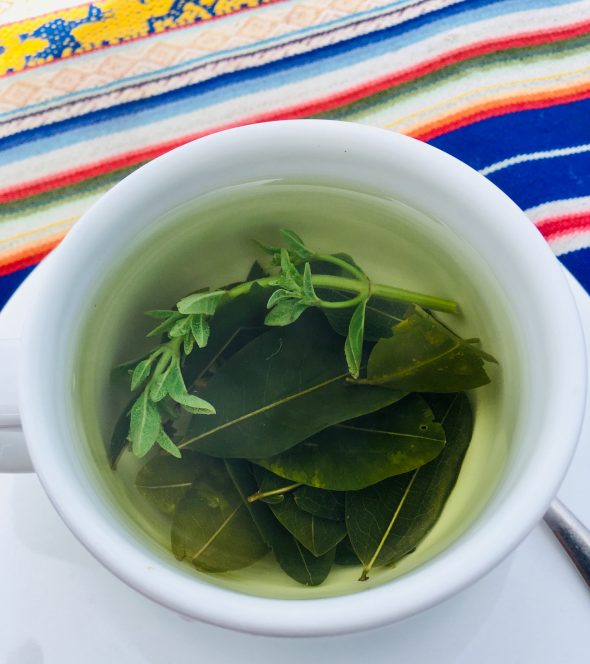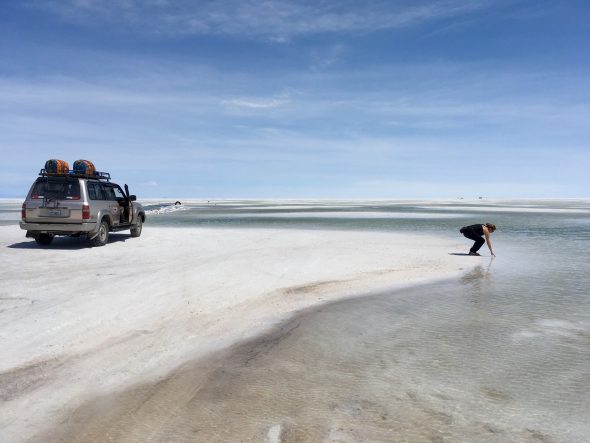April 14, I flew from Bolivia to Lima, Peru. After leaving Carrie and the fun we had together, I felt a little bit lost. I had reserved lodging in Lima but had nothing else planned. I arrived and didn’t feel very excited, which I recognized would probably pass but I didn’t like the sort-of-apathetic feeling when there is so much I want to grab hold of and take advantage of while being able to live this travel life for a little while longer.
This is one thing I’m learning, though, like “real life” when you’re working, paying the bills, figuring out how to handle the challenges that are thrown each week or month, extended travel has plenty of ups and downs too. And it’s not just the “oh, poor thing, your bus was late or your hostel wasn’t that comfortable”. There are lots of emotional ups and downs and times you think you should feel or act a certain way and you just…can’t.
So I thought I should feel excited when my plane touched down in Lima, but I just…didn’t.
At least I’m getting better at navigating new airports for the first time, so I made my way to an ATM to get local cash, checked out the SIM cards, and caught a taxi to my hostel in Miraflores, known to be the possibly best or nicest area for tourists to stay. It wasn’t even 10am and I couldn’t check into my room. I felt disorganized and unfocused. I chatted with the front desk gal who was really friendly and gave me some suggestions for things to do, but I ended up just spinning my wheels looking blankly at pamphlets while sitting on the lobby couch with my backpack still on. For like an hour.
One of my English students in Bogota had put me in touch with her friend who lives in Lima. He was going to help me with my itinerary and we had said we’d meet up sometime later in the week. I sent him a slightly pathetic message that said I’d arrived and I didn’t know what I was going to do next.
I checked my big bag at the desk and went for a walk. It’s always good to get your bearings in a new location, and for me when I feel lost or stuck it helps me to just do something- put one foot in front of the other and move. So I walked. I explored the immediate neighborhood and ended up at a coffee shop where I spent almost 2 hours nursing a cappuccino and using their wifi to look online through a bunch of tourist info. That plus my new friend Jorge’s suggestions gave me a good outline for the next few days.
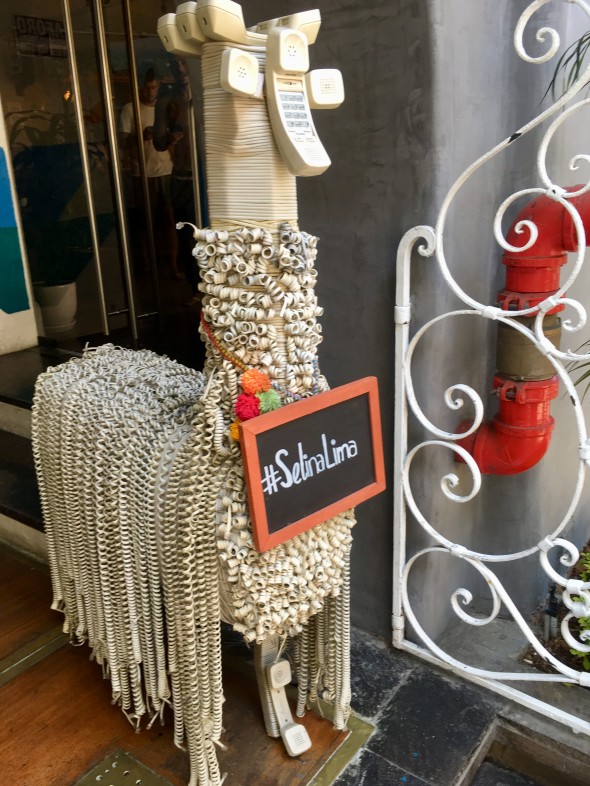
Lima is another huge South American city and has some of the same feels I came to know in Bogotá- terrible traffic, air pollution, tons of street vendors and pedestrians, interesting food smells, a mix of friendly faces and blank stares. But during my stay I found it to be a pretty neat city. The historic areas and buildings have been well-preserved and are very appealing. The walking and bus tours I took were really good and gave me a great overview of the city and its history. The food was fantastic. Ravings I’ve heard about Peruvian food did not disappoint, and I didn’t even get anything fancy. The “normal stuff” is absolutely delicious, as it combines flavors and textures and has itself an interesting history from the combination of Chinese, Peruvian native foods, and seafood.
Favorite Gastronomy: Ceviche, Arroz Chaufa (stir-fried rice and seafood), “cancha” (which actually means “court or field”, like what soccer is played on) which is baked & salted corn kernels and can be eaten by itself as a snack, or sprinkled on any dish to add a crunchy texture. Drinks: Chicha Morada – a dark purple juice made from a combination of fruits and purple corn. Sounds weird but don’t knock it till you try it, it’s super-tasty. Then there is Pisco, a is a liquor distilled from grapes. There are many drinks that can be made with this Peruvian liquor including Pisco Sour and the Chilcano, made with ginger.
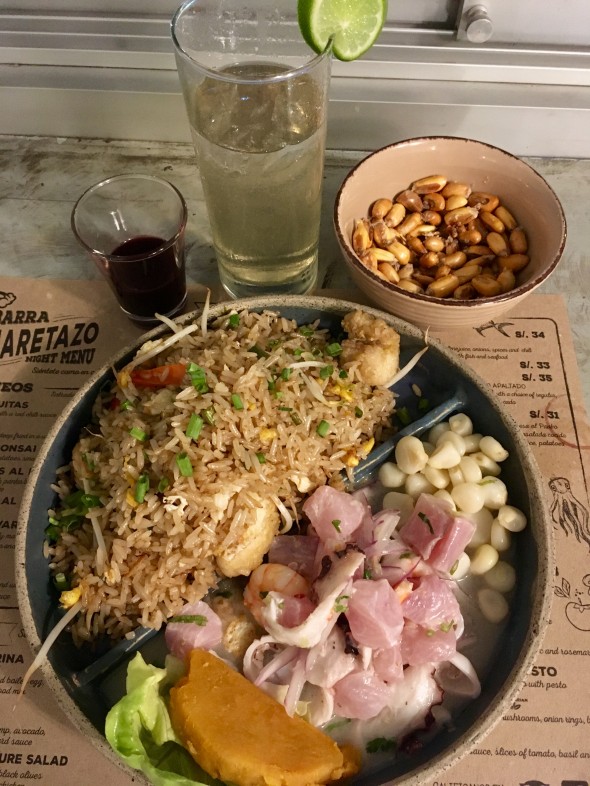
Favorite Activities. in Lima: The Free Walking Tour (I used the company Inkan Milky Way which was very good) started in Miraflores and we all took the public bus to downtown (historic) Lima where I learned a ton. Also, I loved the Malecón, seawall, which provides quite a few kilometers of walking/running/cycling path with superb views of the coastline called La Costa Verde. The Miraflores area where I stayed is a fun neighborhood, very walkable and pretty safe. Loads of restauranets, bars, cafes, shops, and it’s all really close to the coastal highway and path (Malecón). Jorge was also a favorite! He was super-friendly, gave me great advice & info about Lima, and took me to dinner one night including a quick driving tour of the communities just south of Miraflores. He really wanted to practice his English and take advantage of my mad English teaching skills 😉
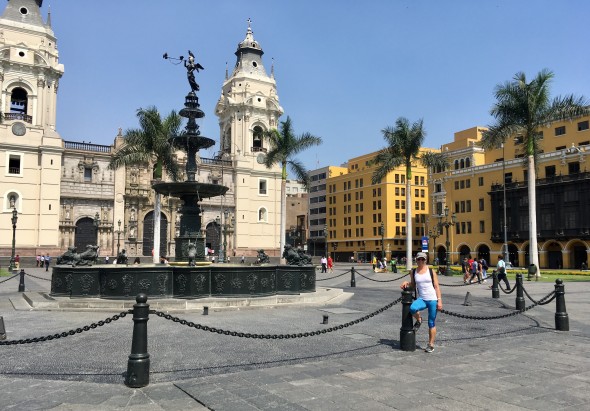
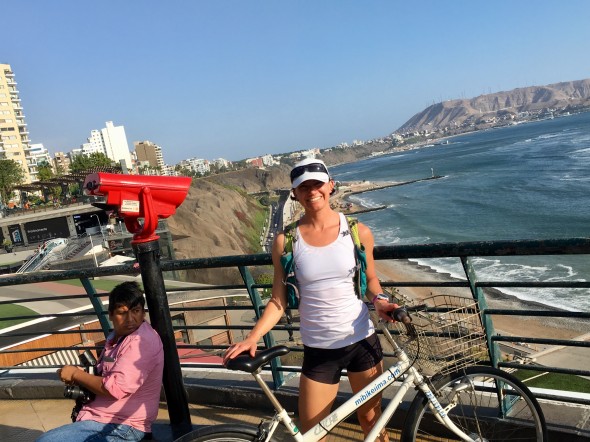
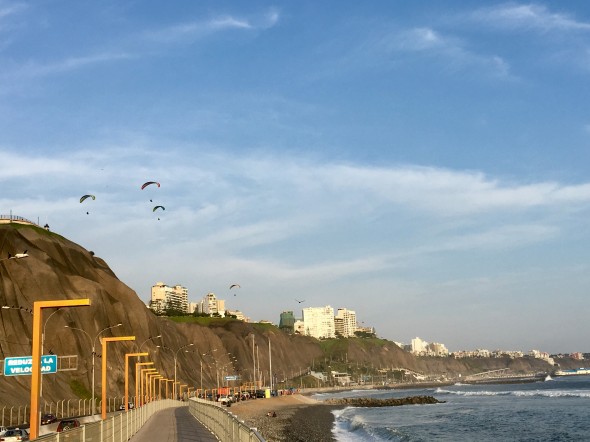
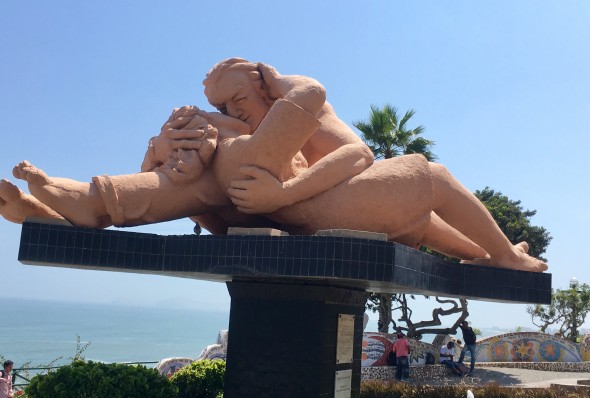
At Jorge’s suggestion, we planned a short trip 3 hours south of Lima to Paracas – a touristy small town with access to an archipelago called Islas Ballestas boasting loads of seabirds including huge pelicans, penguins and boobies (like the Blue-Footed Boobies found in the Galapagos but the Peruvian guys don’t have blue feet). I also saw many sea lions (lobos marinos, in Spanish they are called sea wolves) and seals. Then we drove into the Paracas National Reserve which is kind of like a huge expanse of sand dunes and to me wasn’t that impressive at first until we drove up to some incredible coastal views and saw the sun dip into the ocean. Those feelings of apathy when I first arrived had completely disappeared. I just needed some direction and a dose of the outdoors!
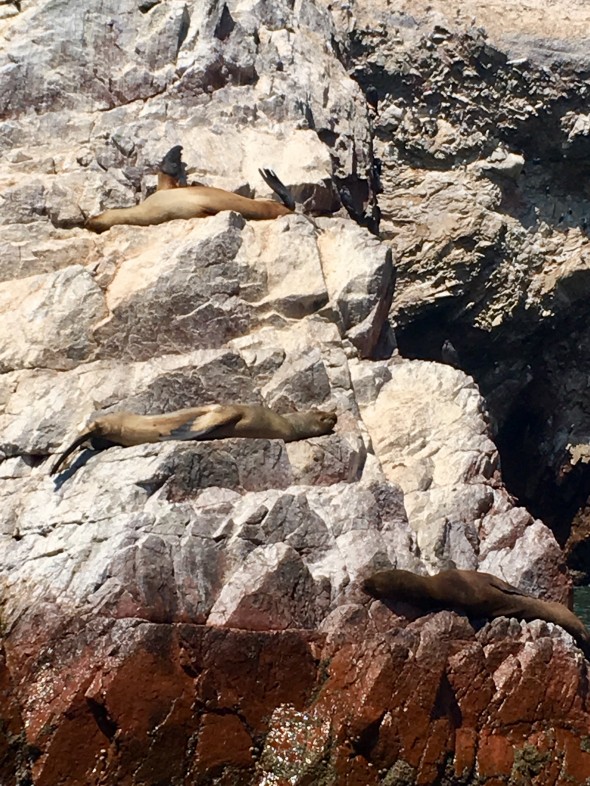
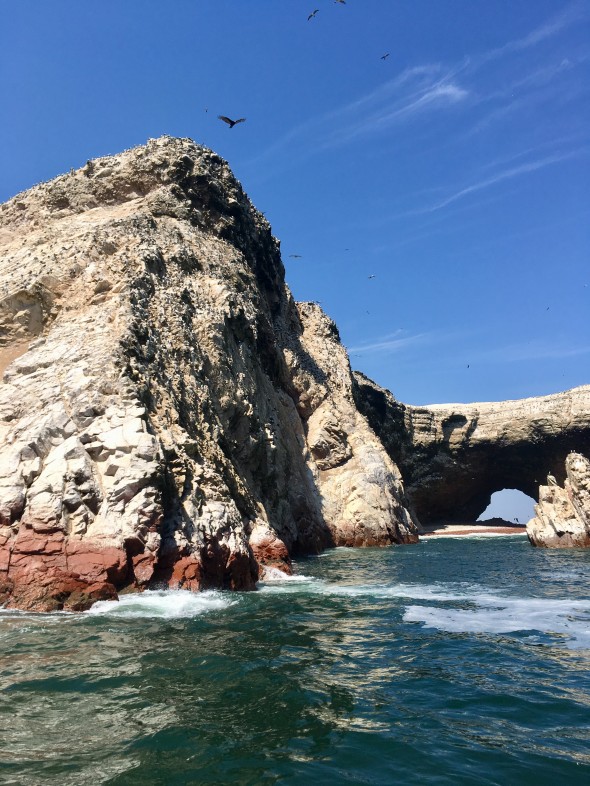
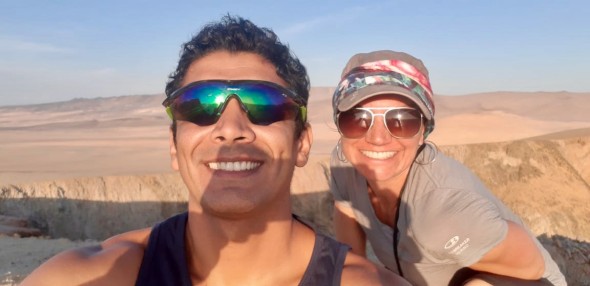
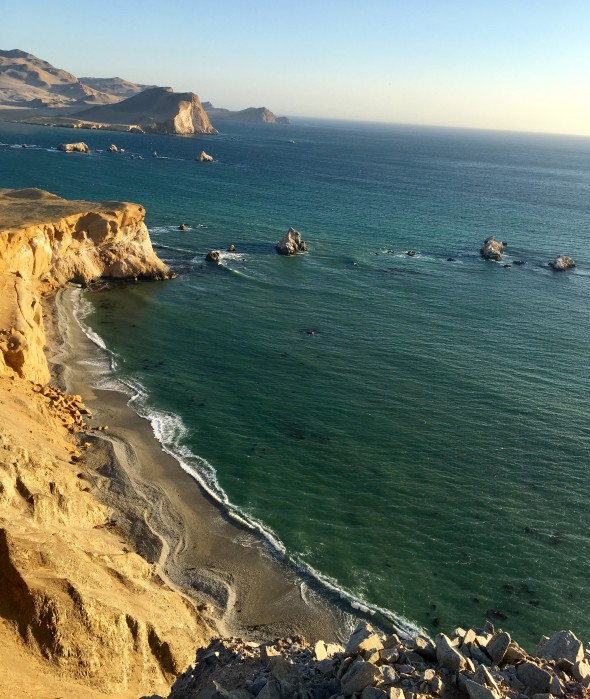
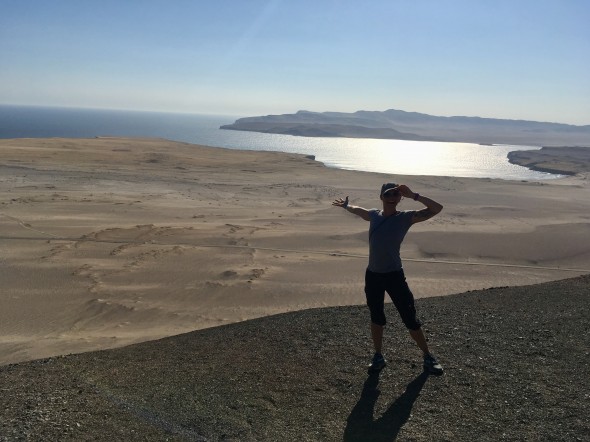
Grateful for my generous tour guide and new friend, I enjoyed the last bit of Lima as we raced to the airport and I went through all the motions in order to get to Cusco…
April 24th late afternoon I arrived in the historic Incan city and taxied up the many hills to my tiny apartment studio. The landscape in the city of about 350,000 (not including the humongous influx of tourists especially during this week of Semana Santa leading up to Easter) is incredibly hilly, er, mountainous. The city sits at 11,152 feet (3,399m), and there’s almost no flat land among the region. You are going up or you’re going down. Luggage is a burden unless it’s all on your back, and there are thousands of backpackers in this city. Cusco is the main jumping-off point for anyone trekking to or simply going to visit the infamous Machu Picchu.
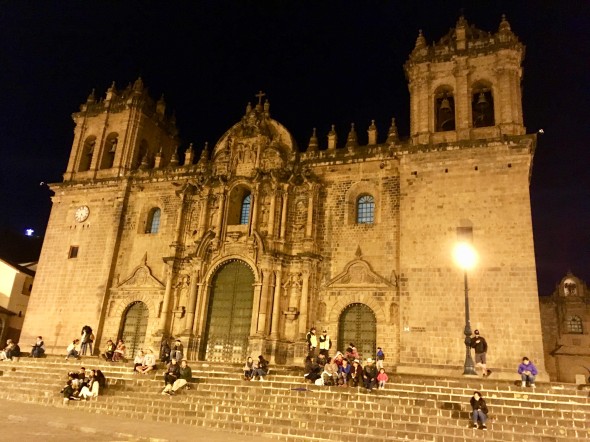
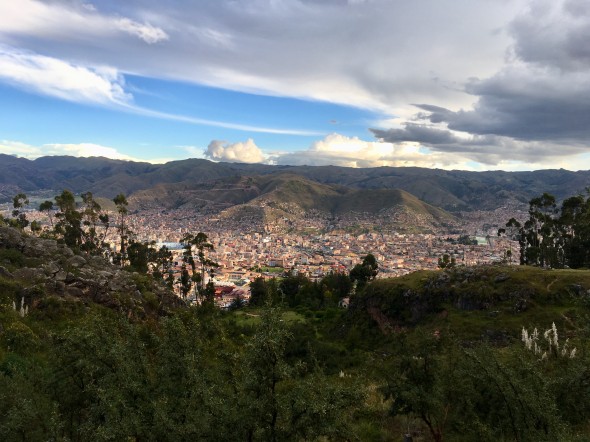
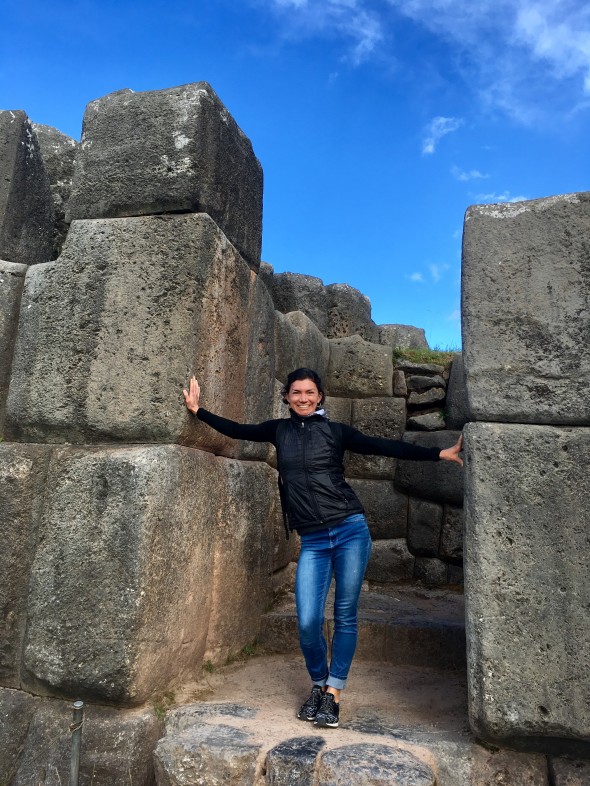
In my first few days I did my usual neighborhood exploring, took the traditional City Tour, and began trying to keep track of all the historic points (and street names, and squares..) which are all in Quechua, the Incan language. I am hanging pretty well at this point with Spanish but Quechua is really different. I’ll be in the Cusco area for a solid two weeks, so I have to pace myself with tourism, activities, and spending. Simply being here and not having to rush around trying to see everything in a few days (impossible) is such a treat. Next week I’ll visit the Sacred Valley and Machu Picchu. To be reported on in the next blog.
Thanks for reading! ….You should visit Peru!
Note: I placed a lot of links in this blogpost, in case you want more info on some of the topics. I use Wikipedia a lot, and because of this I make sure I donate to them every year. Other sites I use as links are simply ones I find online.. there is no motivation to plug anything unless I specifically say in my blog that I used a particular company and liked them so I’m calling it out. There are thousands of travel blogs online and I end up referencing some because they have good info. I say thank you to all the sites I have used and I hope it’s ok that I’m passing along their info.
